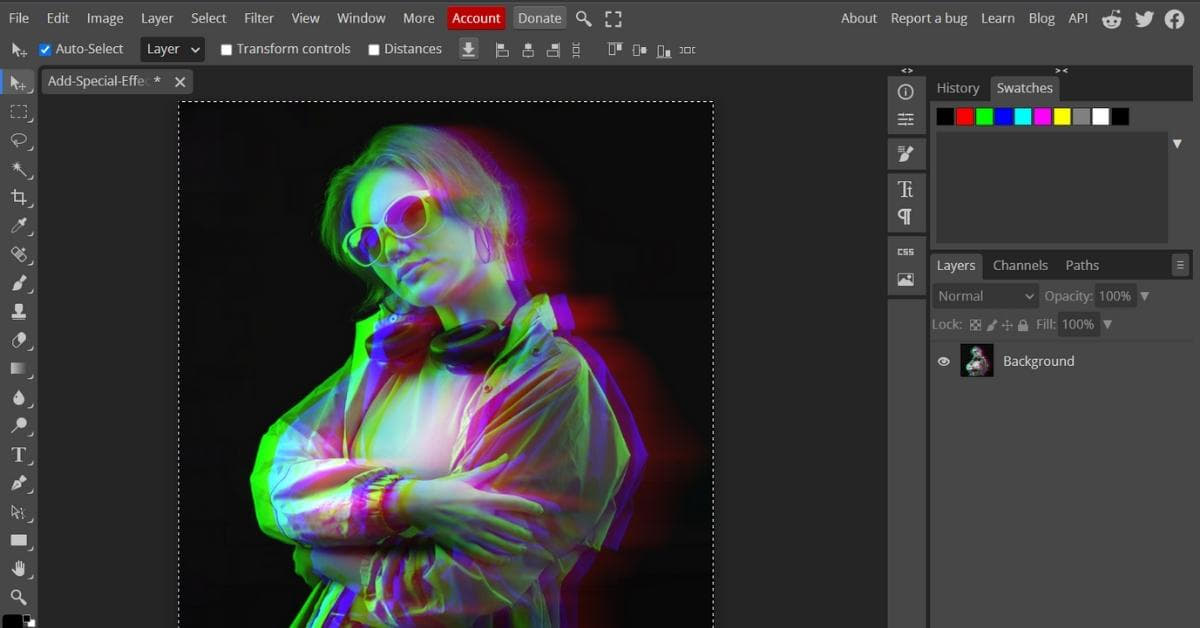In the digital age, photography has evolved into an art form that transcends mere documentation. With the advent of powerful photo manipulation editors, the possibilities are endless, enabling photographers and creatives to bring their visions to life. This article will explore the world of photo manipulation editors, providing insights, tips, and a collection of frequently asked questions (FAQs) to help you harness the full potential of these tools.
What is a Photo Manipulation Editor?
A photo manipulation editor is software designed to enhance, alter, or transform photographs. These editors enable users to adjust various aspects of an image, including color, contrast, and composition, and even combine multiple images to create entirely new compositions. Essentially, they empower artists and photographers to realize their creative visions.
Why Use a Photo Manipulation Editor?
- Enhance Photos: Photo manipulation editors can be used to improve the quality of your photos, correcting exposure issues, reducing noise, or enhancing sharpness.
- Creative Freedom: These editors offer unlimited creative possibilities. You can manipulate an image to create a surreal masterpiece or simply make minor enhancements.
- Professional Photography: They are indispensable tools for professional photographers, enabling them to retouch portraits, remove imperfections, and create stunning compositions.
- Digital Art: Photo manipulation editors are also the go-to choice for digital artists who use them to create stunning illustrations and surreal artwork.
Choosing the Right Photo Manipulation Editor
Selecting the ideal photo manipulation editor is crucial. Consider factors like your skill level, specific requirements, and budget. Some popular options include Adobe Photoshop, GIMP, and Affinity Photo. Each has its own strengths, so choose the one that best suits your needs.
Basic Features of Photo Manipulation Editors
- Layers: Almost all photo editors support layers, allowing you to work on different elements of an image independently.
- Selection Tools: These tools enable you to isolate and edit specific areas of your image.
- Filters and Effects: Apply various filters and effects to transform your photos.
- Retouching Tools: Remove blemishes, wrinkles, or unwanted objects from your images.
Advanced Techniques for Photo Manipulation
Once you’re comfortable with the basics, you can explore more advanced photo editing techniques:
- Composite Images: Combine multiple photos to create a new scene or story.
- Digital Painting: Use brushes and tools to create digital artwork.
- Text and Typography: Add text to your images for graphics or memes.
- Color Grading: Adjust colors to create a specific mood or style.
FAQs
Q1: Is photo manipulation considered unethical or misleading?
A1: Photo manipulation can be both ethical and unethical. It’s important to disclose manipulations in journalism, but in art and creative projects, it’s a legitimate form of expression.
Q2: Can I use free photo manipulation editors?
A2: Yes, many free editors like GIMP offer powerful features. However, paid options may provide more advanced tools and support.
Q3: How can I learn photo manipulation?
A3: There are numerous online tutorials, courses, and communities where you can learn and share your skills with others.
Q4: What are the ethical considerations for photo manipulation?
A4: Be transparent when manipulating photos for journalism. In art, there are no strict rules, but respect copyright and privacy rights.
Q5: Can I use photo manipulation editors on mobile devices?
A5: Yes, many photo manipulation apps are available for mobile devices, offering convenience on the go.
Q6: What are some common beginner mistakes in photo manipulation?
A6: Overdoing edits, ignoring image resolution, and not paying attention to details are common mistakes. Practice and learning from errors is key.
Conclusion
Photo manipulation editors are incredible tools that cater to a wide range of users, from photographers seeking perfection to digital artists pushing the boundaries of creativity. The key is to choose the right editor, learn the basics, and gradually explore advanced techniques. With time and practice, you’ll unlock the immense potential of these editors to create visually stunning and thought-provoking images.
This page was last edited on 19 February 2024, at 4:16 pm
